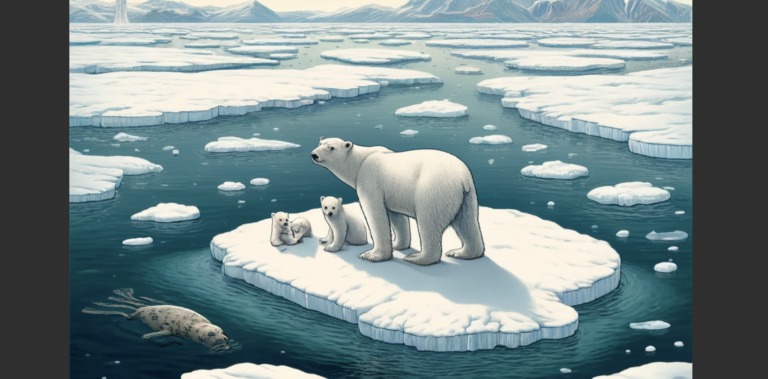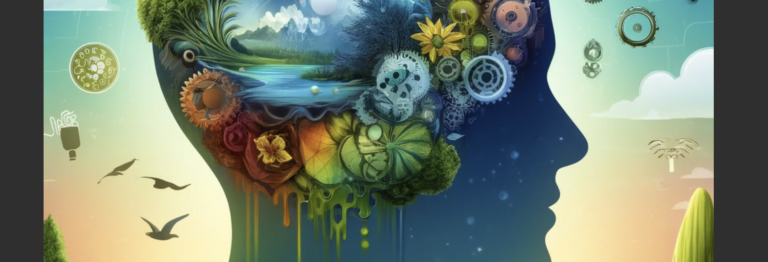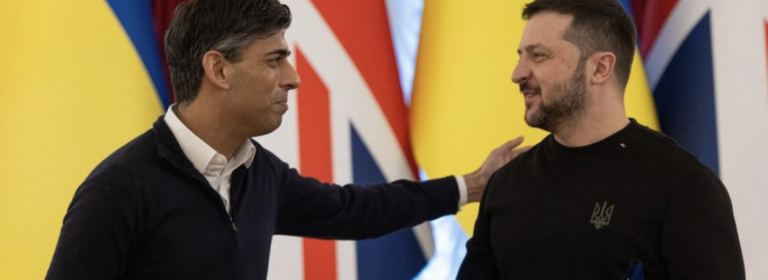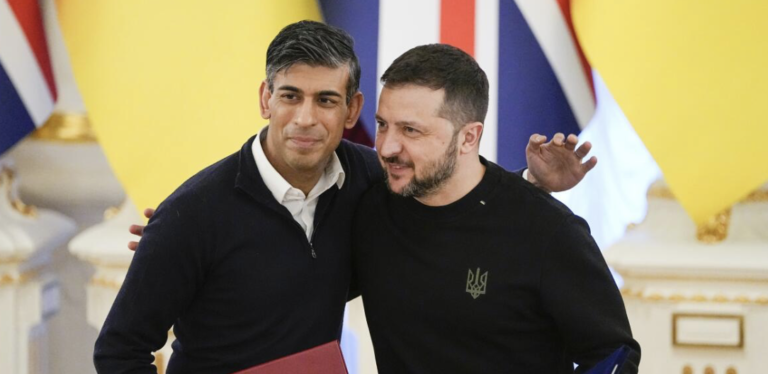The Evolution of Artistic Styles: From Classical to Contemporary
Artistic styles have evolved significantly over the centuries, reflecting changes in society, technology, and cultural influences. From the classical art of ancient Greece and Rome to the contemporary art movements of today, artists have continuously pushed boundaries and experimented with new forms of expression. Let’s explore the fascinating journey of artistic styles from classical to contemporary.
Classical Art: The Foundation of Artistic Expression
Classical art, which originated in ancient Greece and Rome, laid the foundation for Western art traditions. Characterized by idealized forms, symmetry, and harmony, classical art focused on depicting the beauty of the human body and the natural world. Artists such as Michelangelo and Leonardo da Vinci exemplified the mastery of classical techniques in their works.
- Examples of classical art include the Parthenon sculptures and the Laocoon and His Sons statue.
- Classical art emphasized realism and proportion in its representations of human figures and landscapes.
Renaissance and Baroque Art: Innovation and Emotion
The Renaissance period saw a revival of classical ideals combined with a newfound emphasis on individualism and humanism. Artists like Raphael and Caravaggio introduced new techniques and perspectives, while Baroque artists like Rembrandt and Bernini focused on emotion and drama in their works.
- Renaissance art celebrated the beauty of the human form and the wonders of nature.
- Baroque art used light and shadow to create dramatic effects and evoke powerful emotions in viewers.
Modern and Contemporary Art: Breaking Boundaries
Modern and contemporary art movements, such as Impressionism, Cubism, and Abstract Expressionism, challenged traditional artistic conventions and pushed the boundaries of creativity. Artists like Monet, Picasso, and Pollock experimented with new styles and techniques to express their unique perspectives.
- Impressionist artists captured fleeting moments and changing light in their paintings, breaking away from realistic depictions.
- Cubist artists fragmented forms and perspectives to create abstract compositions that challenged viewers’ perceptions.
Summary
From classical art’s focus on idealized forms to contemporary art’s embrace of experimentation and innovation, the evolution of artistic styles reflects the ever-changing nature of human creativity. By studying the progression of art movements, we gain a deeper understanding of the cultural, social, and technological influences that shape artistic expression. The journey from classical to contemporary art is a testament to the enduring power of creativity and imagination in shaping our world.




























+ There are no comments
Add yours